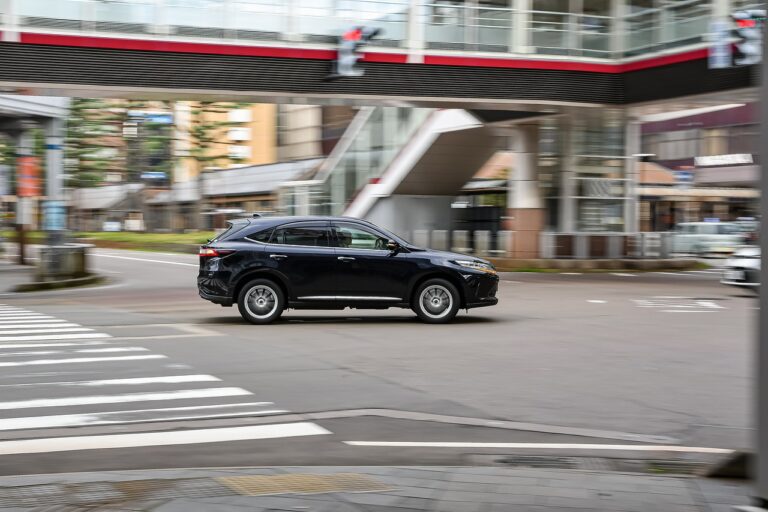The Role of Micro-Mobility Solutions in Urban Transportation
Micro-mobility solutions have revolutionized urban transportation by providing convenient and eco-friendly options for short trips within cities. Electric scooters, bicycles, and shared mobility services offer a flexible way to navigate congested urban areas, reducing the reliance on personal cars and promoting sustainable modes of travel. These modes of transportation are not only cost-effective but also contribute to a greener environment by decreasing carbon emissions and alleviating the strain on public transportation systems.
Furthermore, micro-mobility solutions play a crucial role in promoting physical activity and improving public health in urban communities. Encouraging people to cycle or walk short distances instead of driving helps combat sedentary lifestyles and promotes a more active way of living. By incorporating micro-mobility options into the urban transport network, cities can prioritize the health and well-being of their residents while simultaneously reducing traffic congestion and air pollution.
Challenges Faced by Micro-Mobility Solutions in Urban Transportation
One of the key challenges faced by micro-mobility solutions in urban transportation is the issue of infrastructure. Many cities were not initially designed to accommodate the influx of various micro-mobility options such as e-scooters and bike-sharing services. This mismatch between the existing infrastructure and the needs of micro-mobility solutions can lead to safety concerns for riders and pedestrians alike.
Another challenge is the regulatory environment surrounding these new modes of transportation. Different cities and regions have varying laws and regulations regarding micro-mobility options, which can create confusion and inconsistencies for both users and providers. This lack of uniformity can hinder the scalability and widespread adoption of micro-mobility solutions in urban areas.
The Impact of Micro-Mobility Solutions on Traffic Congestion
Micro-mobility solutions have proven to have a noticeable impact on alleviating traffic congestion in urban areas. By providing alternative modes of transportation such as e-scooters, bikes, and small electric vehicles, these solutions offer commuters a more flexible and efficient way to navigate through densely populated cities.
The adoption of micro-mobility solutions has led to a reduction in the number of cars on the road during peak hours, resulting in less traffic congestion and shorter commute times for individuals. This shift towards more sustainable and compact modes of transportation not only benefits the environment but also contributes to a smoother flow of traffic in urban centers.
What are some benefits of micro-mobility solutions in urban areas?
Micro-mobility solutions such as electric scooters and bikes can help reduce traffic congestion, decrease air pollution, promote physical activity, and provide a convenient and cost-effective transportation option for short trips.
What are some challenges faced by micro-mobility solutions in urban transportation?
Some challenges include safety concerns for riders and pedestrians, inadequate infrastructure for parking and charging, regulatory issues, and conflicts with other modes of transportation.
How do micro-mobility solutions impact traffic congestion?
Micro-mobility solutions can help alleviate traffic congestion by providing an alternative mode of transportation for short trips that would otherwise be taken by car. This can help reduce the number of vehicles on the road and improve overall traffic flow in urban areas.







